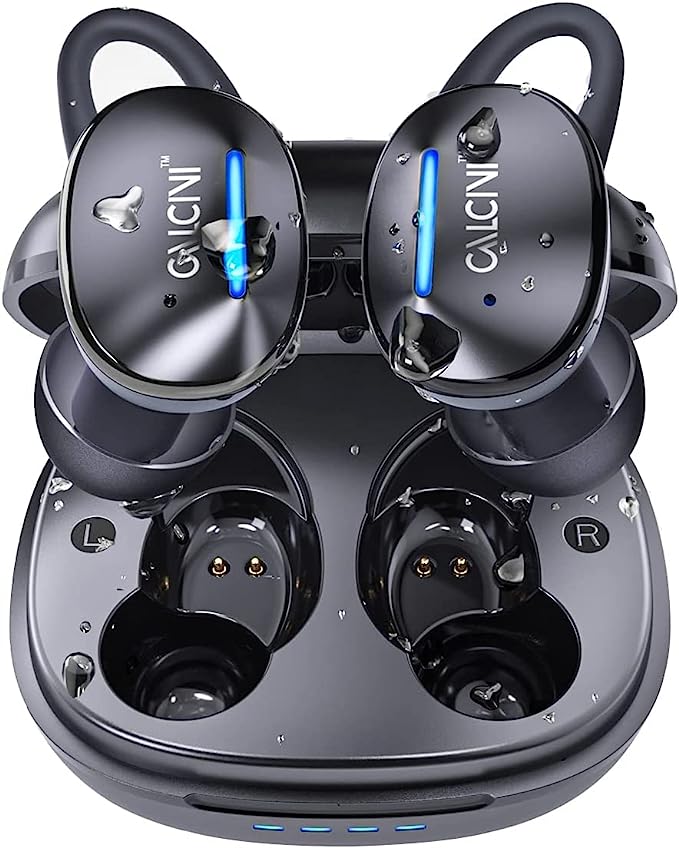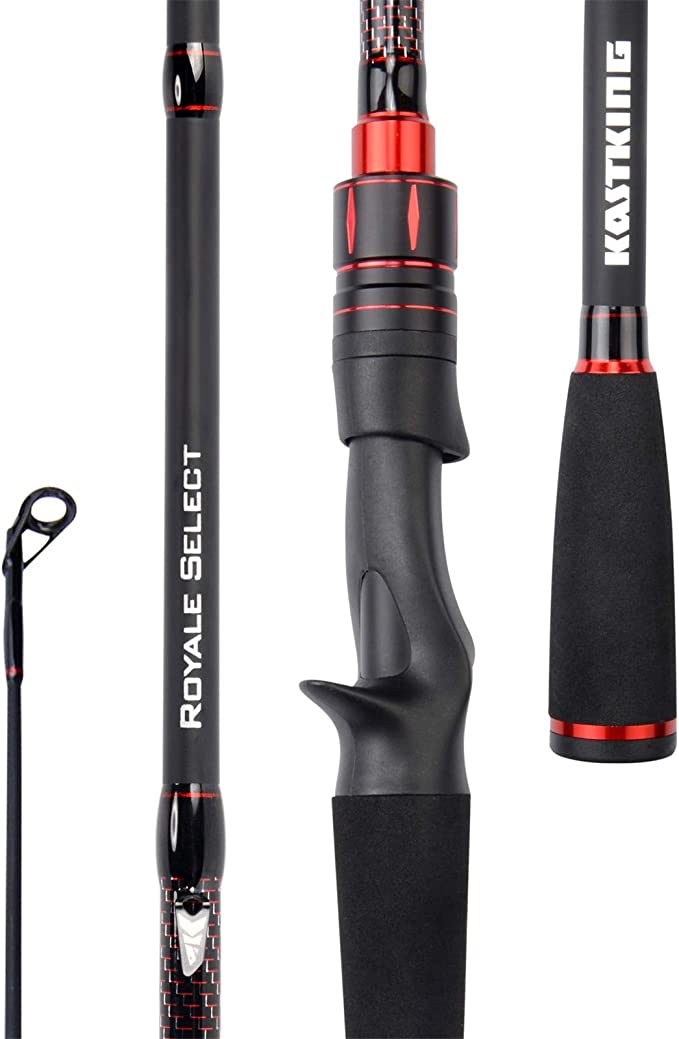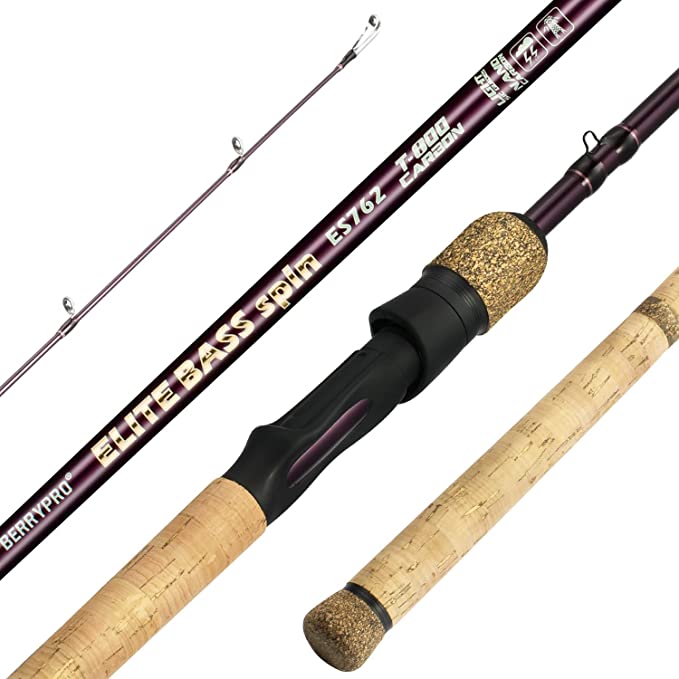SOLUPUP SP24H: Unleash the Power of the Sun on Your Next Adventure
Update on June 13, 2025, 3:52 p.m.
The call of the wild, the serenity of a remote campsite, or the peace of mind that comes with emergency preparedness – these are powerful draws in our modern world. Yet, they often come with a common challenge: how to keep our essential devices powered when we’re far from the grid. For many, the answer is increasingly found in the silent, clean energy of the sun, captured by marvels of portable technology like the SOLUPUP SP24H 200 Watt Portable Solar Panel. But how exactly does this device turn sunlight into usable power, and what makes it a compelling companion for your adventures? As an engineer who has spent years working with solar energy systems and an avid outdoor tech enthusiast, let’s delve into the science and practicality behind this innovative solar solution.

The Heart of the Matter: Decoding Solar Panel Science
At its core, a solar panel is a device that performs a little bit of everyday magic, a phenomenon known as the photovoltaic effect. Imagine sunlight, composed of tiny energy packets called photons, striking the solar cells. In a material like silicon, these photons can knock electrons loose from their atoms. These freed electrons, when guided by the panel’s internal structure, create a flow of direct current (DC) electricity. This is the fundamental principle that allows us to convert the sun’s radiation directly into electrical power, a process first scientifically observed by Alexandre-Edmond Becquerel in 1839, though its practical application in silicon-based cells came much later.
The SOLUPUP SP24H utilizes monocrystalline silicon for its solar cells. Why is this significant? Monocrystalline cells are crafted from a single, continuous crystal structure. This high purity and an almost perfect lattice mean electrons, once freed by sunlight, can move more easily through the material with less resistance compared to, say, polycrystalline cells which have many crystal boundaries. Think of it like a clear, open highway versus a road with many intersections; the former allows for smoother, faster travel. This superior electron mobility is a key reason why monocrystalline panels generally boast higher efficiency.
This brings us to the SP24H’s impressive “up to 24.3%” conversion efficiency. This percentage tells us the maximum proportion of sunlight energy hitting the panel’s surface that can be converted into electricity. It’s important to note that such efficiency figures are typically measured under Standard Test Conditions (STC): an irradiance of 1000 watts per square meter (W/m²), a cell temperature of 25°C (77°F), and an air mass of 1.5 (AM1.5), which simulates the sun’s spectrum at a certain angle through the atmosphere. These conditions, defined by standards like IEC 61215, provide a consistent benchmark for comparing panels. In the real world, factors like lower light intensity, higher temperatures, or a suboptimal sun angle will naturally result in output 변화 (changes), but a higher STC efficiency generally translates to better performance across a range of conditions.

Power Unleashed: Output, Intelligence, and Device Compatibility
The SOLUPUP SP24H is rated at 200 watts. This is its nominal power output under those ideal STC. As the product’s own FAQ helpfully points out, in typical, good sunlight conditions, you might realistically expect around 160W to 180W. This transparency is commendable, as many environmental variables – the intensity of the sunlight (which varies by time of day, season, and cloud cover), the angle of the sun’s rays relative to the panel, and the panel’s operating temperature – all play crucial roles.
Beyond raw power, modern solar chargers often incorporate intelligence. The SP24H features a “smart chip,” a common term for an integrated circuit designed to manage power delivery. Such chips typically perform several vital functions: they can recognize the connected device to optimize charging speed, and critically, they provide protection against overcharging, overloading, and short circuits. This is basic power electronics at work, ensuring both your solar panel and your valuable devices are safeguarded during the charging process.
The true versatility of a portable solar panel lies in its ability to connect to a wide array of devices. The SP24H excels here, starting with its primary output via industry-standard MC-4 connectors. These robust, weatherproof connectors are the go-to for most solar installations, ensuring a secure and efficient link.
From there, SOLUPUP provides an “adapter power box.” This clever module connects to the panel’s MC-4 outputs and offers:
* Two USB-A ports and two USB-C ports: Essential for charging smartphones, tablets, cameras, and drones. High-quality USB-C ports often support USB Power Delivery (USB-PD), a specification that allows for significantly higher wattage (up to 240W in the latest spec, though a panel like this would supply power within its own limits) and negotiated power levels, enabling faster charging for compatible laptops and other power-hungry devices.
* An SAE port: This 2-pin connector is common in 12V automotive and RV applications, often used for battery trickle chargers, portable air compressors, or other 12V accessories.
Furthermore, the package includes an MC-4 adapter cable that branches out to: * Anderson Powerpole connectors: Highly favored in the amateur radio community, by RVers, and for some power stations due to their modular, genderless (the housings are identical and interlock), and low-resistance design capable of handling high currents. * XT60 connectors: Popular in the RC hobby world for connecting batteries to drones and other models, also finding their way into some portable power solutions. * A DC5521 barrel connector with a set of four additional DC conversion tips (8020, 7909, 35135, 5525). This array covers a vast range of laptops and other electronics that use various sizes of DC barrel jacks for power input.
This comprehensive connectivity ensures the SP24H isn’t just a panel, but a hub for powering a diverse ecosystem of gadgets and power stations.

Engineered for Adventure: Design, Durability, and Portability
A solar panel destined for the great outdoors must be more than just efficient; it needs to be practical and resilient. The SOLUPUP SP24H embraces a bi-fold design, transforming from its expansive 91-inch length when deployed into a relatively compact “briefcase” measuring approximately 24.4 x 20.8 x 1.9 inches. At 8.2 kilograms (around 18.04 pounds), it strikes a balance – it’s certainly portable for car camping, RV trips, or setting up a basecamp, though perhaps not ideal for long-distance backpacking where every ounce counts.
The construction speaks to its intended use. A key feature is its IP65 rating. According to the International Electrotechnical Commission’s (IEC) standard 60529, this means the panel is “dust tight” (the ‘6’ signifies complete protection against solid particle ingress) and protected against “water jets” from any direction (the ‘5’ signifies resilience against low-pressure water streams). So, while you wouldn’t want to submerge it, it’s built to withstand a sudden rain shower or dusty conditions – crucial for unpredictable outdoor environments.
The solar cells themselves are protected by a durable PET (Polyethylene terephthalate) layer. PET is a thermoplastic polymer known for its strength, toughness, and good resistance to moisture and chemicals. This layer acts as an encapsulant, shielding the delicate silicon cells from physical impact and environmental degradation, contributing significantly to the panel’s lifespan and performance consistency.
Thoughtful design touches enhance its usability. Four adjustable kickstands allow you to conveniently angle the panel towards the sun, a critical factor for maximizing energy capture. Magnetic handles ensure the folded panel stays securely closed during transport, and a built-in zippered accessory pouch keeps all those valuable cables and adapters neatly organized. For more semi-permanent setups, reinforced grommets on the edges provide options for hanging the panel from an RV, tent, or other structures.

Maximizing Your Solar Harvest: Pro Tips for Peak Performance
Owning a capable solar panel is one thing; getting the most out of it is another. Here are a few scientifically-grounded tips:
- The Sun Angle Game: The power output of a solar panel is directly proportional to the amount of light hitting it perpendicularly. This is due to the cosine law in physics – as the angle of incidence (the angle between the sun’s rays and a line perpendicular to the panel’s surface) increases, the effective area intercepting sunlight decreases. Always try to angle your SP24H (using those handy kickstands) so it directly faces the sun. You may need to adjust it every hour or two as the sun moves across the sky.
- Temperature’s Toll: Solar panels, somewhat counterintuitively, perform better when they are cooler. While they need sunlight, excessive heat actually reduces their efficiency. Most silicon solar cells have a negative temperature coefficient, meaning their voltage, and thus power output, decreases as the cell temperature rises above the STC of 25°C. The SP24H’s operating temperature range is stated as -25°C to 65°C (-14°F to 149°F). If possible, allow for some airflow behind the panel to help dissipate heat, especially on hot, still days.
- Keep it Clean: Dust, dirt, pollen, or even bird droppings on the panel’s surface can significantly obstruct sunlight and reduce output. A clean panel is a happy and productive panel. The manual advises against cleaning with water directly, suggesting a damp rag. Gentle wiping should suffice to keep the PET surface clear.
- Consider Your Power Station/Load: When charging a power station or battery, ensure its input specifications (maximum voltage and current) are compatible with the SP24H’s output (18V, and current up to around 11A if it were producing full 200W). Ohm’s Law (V=IR) and the Power Law (P=VI) are fundamental electrical principles here; a mismatch can lead to inefficient charging or even prevent charging. Most modern power stations have built-in MPPT (Maximum Power Point Tracking) charge controllers that optimize the power drawn from the panel, which is highly beneficial. The SP24H FAQ also mentions that multiple panels can be connected in series (to add voltage, though the provided power box isn’t for this) or parallel (to add current), which is useful for larger systems but requires careful attention to the connected equipment’s limits.
The SOLUPUP SP24H in the Wild: Real-World Scenarios
Imagine setting up camp by a serene alpine lake. The SP24H, unfolded and angled towards the afternoon sun, silently replenishes your portable power station, which in turn keeps your camp lights glowing, your phone charged for navigation and photos, and perhaps even a small electric cooler humming.
For RVers, it can be a fantastic way to extend off-grid stays, reducing reliance on noisy generators or campground hookups. Boaters can use it to maintain batteries for navigation systems and onboard amenities. And in the unfortunate event of a power outage at home, this panel, paired with a power station, can become a crucial lifeline, keeping communication devices active and small essential appliances running.
Conclusion: Your Partner in Portable, Sustainable Power
The SOLUPUP SP24H 200 Watt Portable Solar Panel is more than just a collection of impressive specifications. It represents a confluence of advanced solar cell technology, thoughtful engineering for portability and durability, and versatile connectivity designed to meet the diverse energy needs of modern adventurers and a preparedness-minded populace. By understanding the science that makes it work and the best practices for its use, you can transform this device from a mere gadget into a reliable partner, empowering your explorations, enhancing your self-sufficiency, and allowing you to tap into the clean, abundant energy of the sun, wherever your journey may take you. It’s a tangible step towards energy independence, wrapped in a package built for the demands of an active, on-the-go lifestyle.







































